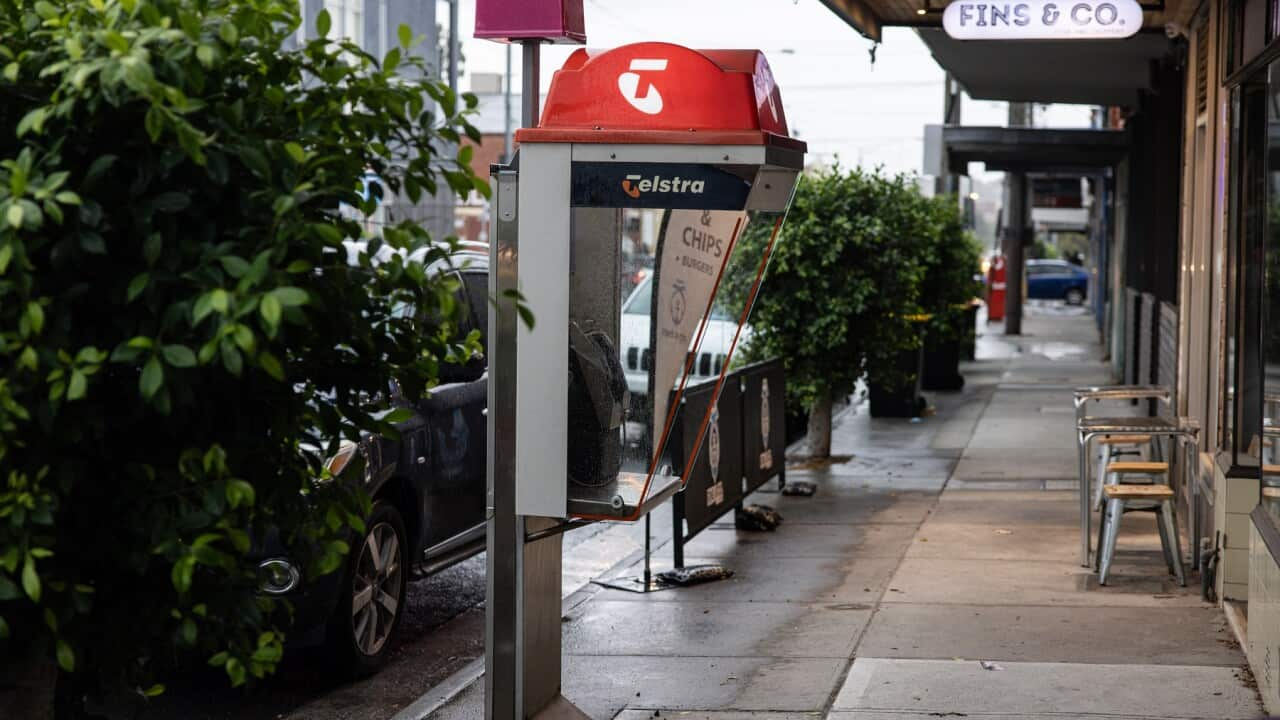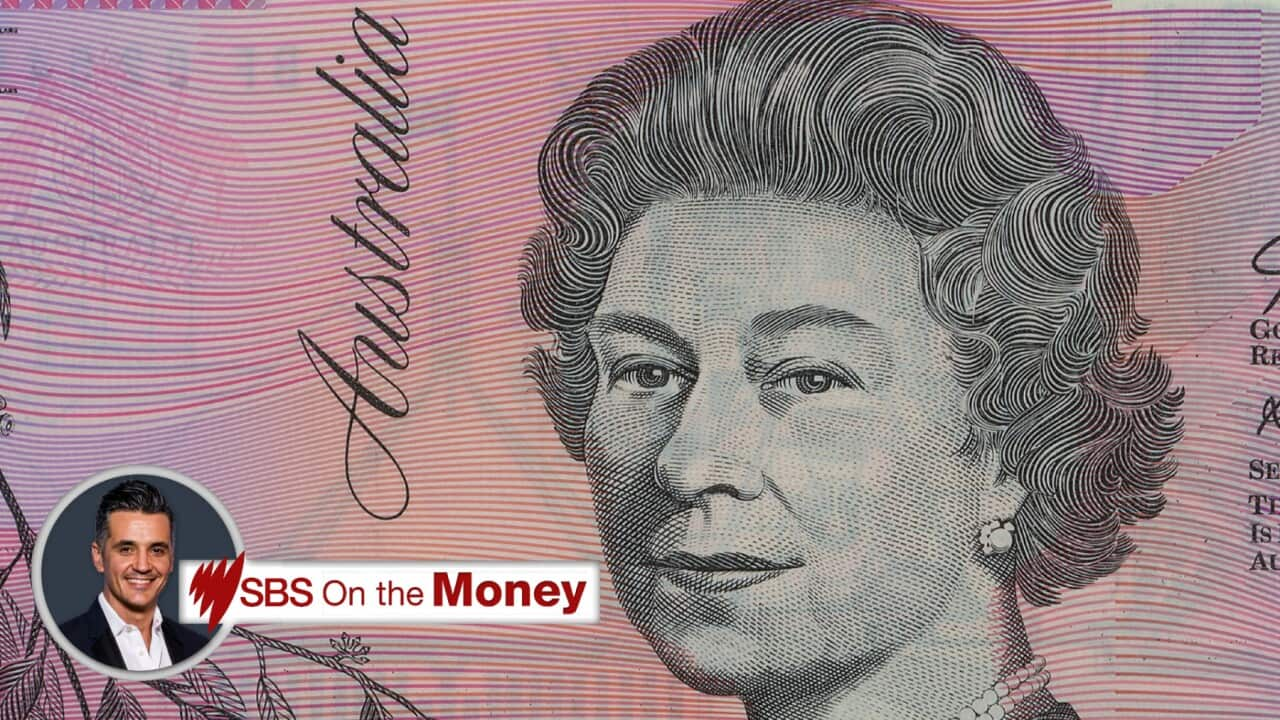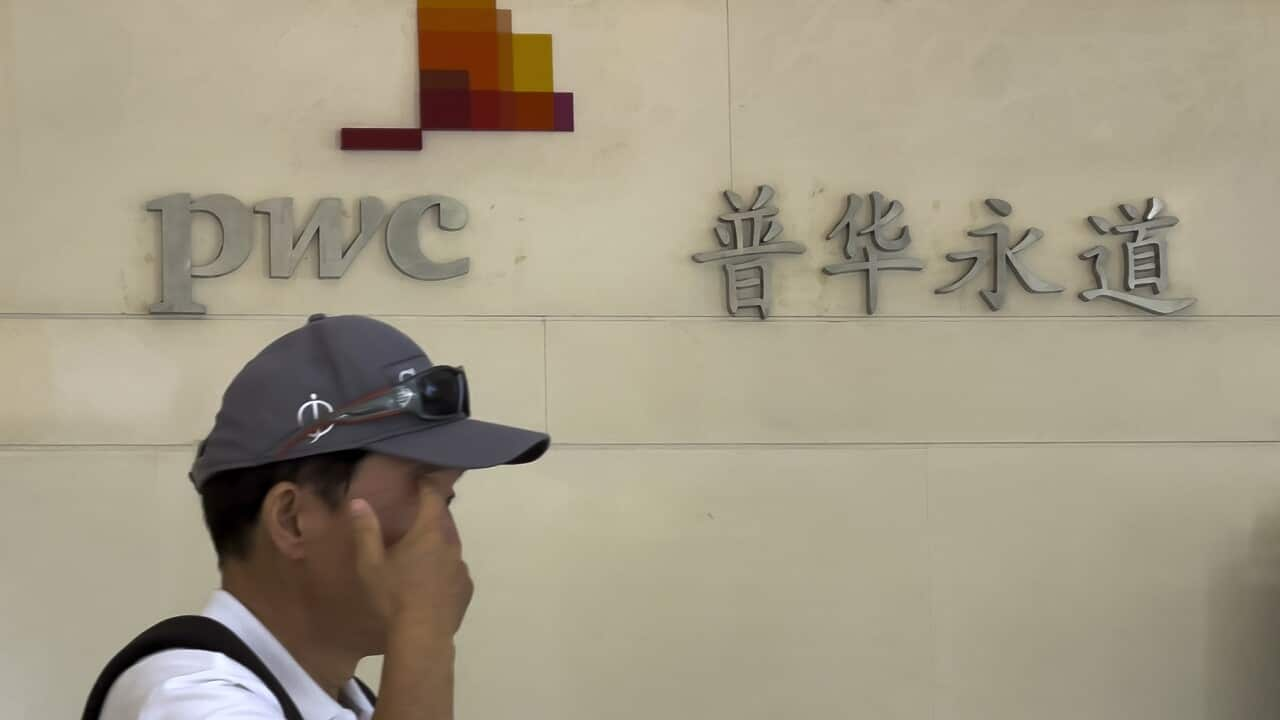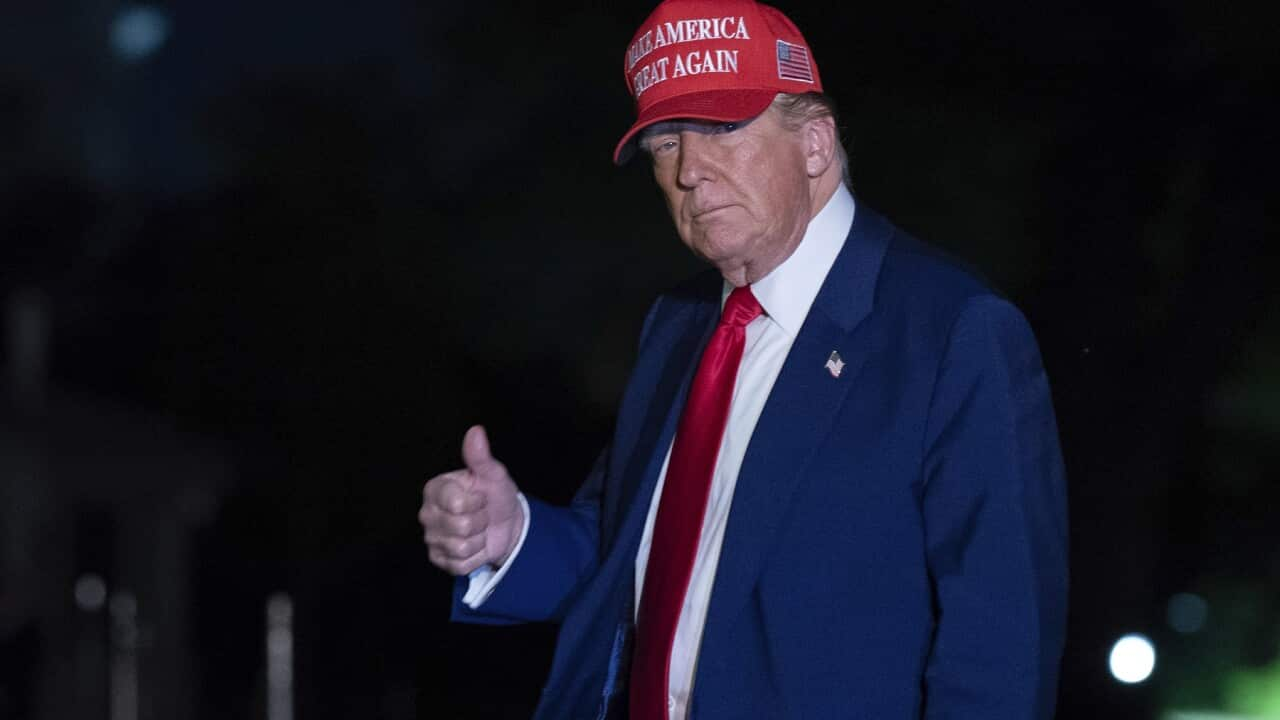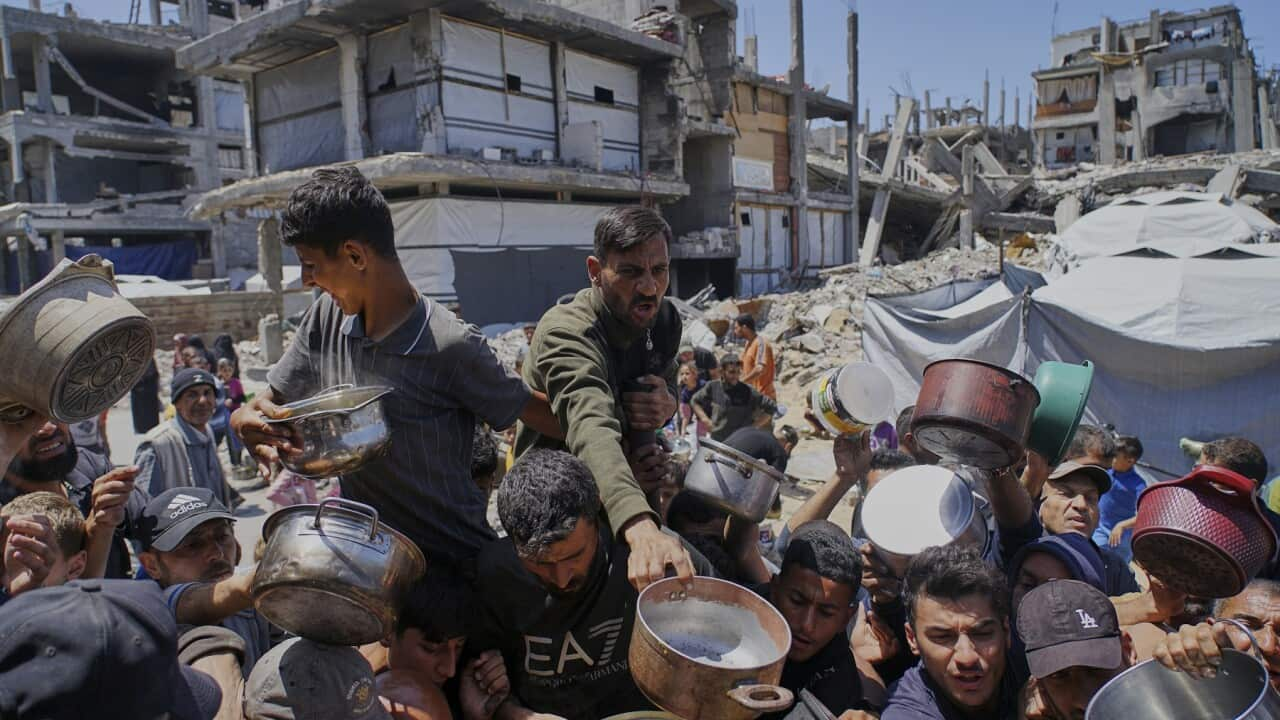TRANSCRIPT
"Hello. I dunno who this is, but it better be important. It's darling. Darling. It's me, darling. Where are you? You just got out. My phone died, darling. Well, where are you calling from darling? A chance to pay phone, darling. They take your titanium card. No, darling. Oh darling. Even better. They're free darling."
That's from a social media ad promoting public pay phones.
They were once on almost every street corner in every suburb and town.
"I can remember because it's my hometown, when that was a red box in that location and certainly dropping the coins in it, it has been in that location for a long time."
That's Phil Constable who runs a hardware shop in the New South Wales town of Narooma.
While most people consider pay phones a retro relic from the past, they continue to play an important role in the lives of many Australians.
During the 2019-2020 Black Summer bushfires they provided an important link with the outside world when mobile services were down.
"It was the only port of, how should I say, external communication. At the time of our bushfires, when the town was out of power for three, three and a half days, there was no mobile phone communication. We couldn't, in our business serve customers by POSTPONE and stuff, and when they made the access to the phone free over that landline, the crowds at a time of heavy tourist activity or in patronage in our community were really up and down a block twice."
Phil thinks difficult moments can bring out the best in people.
And that's what he saw when nearly 1000 calls were made from the public phone after the fires knocked out mobile coverage.
Patience and humility he says were on display during those difficult days.
"It was just fantastic and it was so much good faith and humility with the people waiting their turn. It was just terrific."
Telstra wants the public phone in Narooma to receive national landmark status along with two other phones.
One on Melville Road, Brunswick West, Melbourne and another deep in Queenland's Gulf Country.
Telstra wants a formal acknowledgment of the three phones for what it says is their cultural and social impact.
Landmark status would mean the phones would be added to the National Heritage List as places of outstanding significance.
Historian Naomi Parry Duncan says the three were chosen for different reasons.
"In Melbourne's Brunswick West, there's Australia's most called from public phone to crisis support lines. With over 13,000 calls to Lifeline made since calls became free in Narooma on the south coast of New South Wales. During the black summer bush fires, I was actually there and I saw the community rely on their local phone when everything else, including power and mobile coverage, was down and in Doomadgee, in remote Queensland. This local phone remains a vital connection point."
Lifeline chief executive Colin Seery says public phones remain a vital safety net for Australians doing it tough.
He says for some people they're the safest, and in some cases the only way, to reach out, especially if they don't have access to a mobile or feel more comfortable calling from a public space.
Telstra's Chief Customer Advocate, Teresa Corbin says in the past year alone, more than 300,000 free calls made from public phones were to crisis support services such as Lifeline and Triple zero.
"Since we made all standard national and mobile calls free from public phones in 2021, usage has more than tripled. Last year alone, Aussies made around 25 million free calls including over 300,000 to Triple zero and other crisis support lines."
Since 2021, Telstra says all local and national calls to standard Australian fixed line numbers and mobiles have been free on the nation's 15,000-odd public phones.
Telstra is mandated to maintain payphones, even as their use drops in other countries.
In the U-S, for example, the number of payphones has dropped from 2.1 million in 1999 to less than 100,000 in 2016.
